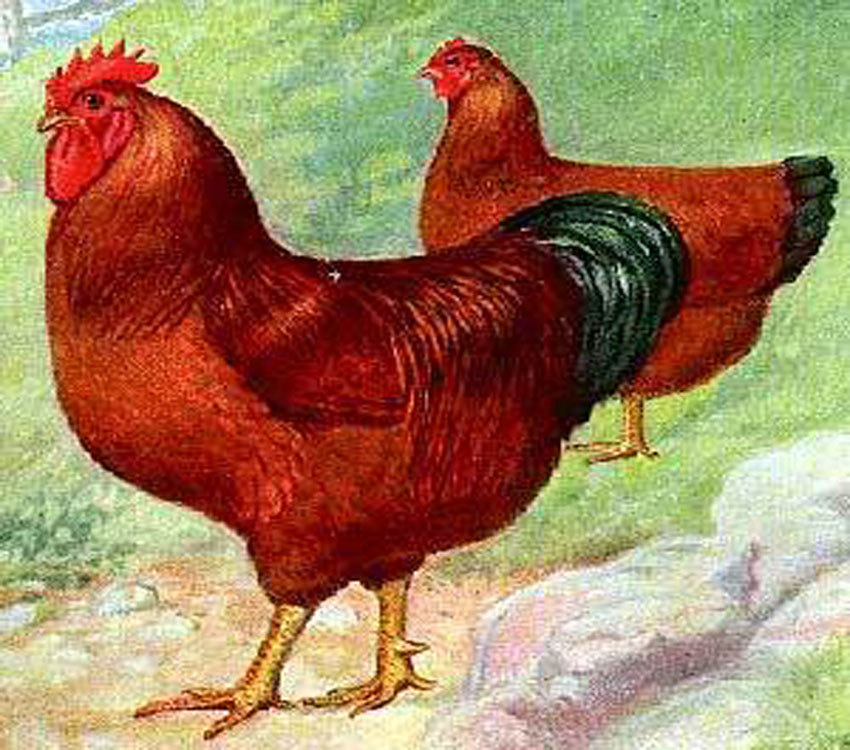If you ever find yourself in a confused stupor at your grocery store egg case, first of all, snap out of it. But you’re not alone, because there are a million confusing labels on egg cartons these days, and many of them mean nothing. Despite that, there’s one constant: brown eggs are almost always more expensive than white eggs. Surely, this means they’re organic, more nutritious, superiorly delicious and blessed by golden angels, right? Not necessarily. Everything you thought you knew about white eggs and brown eggs is about to get scrambled.
We talked to egg experts who addressed a number of canards about brown and white eggs, including the theory that eggshell color is based on the color of a chicken’s feathers (turns out that’s not entirely true), the nutritional difference between brown and white eggs, and how a chicken’s earlobes can determine the price of your eggs. Seriously. There’s a lot more to the incredible egg than you may have realized. Let’s get cracking, and address some of the folk wisdom.
True or false? White-feathered hens lay white eggs, and brown-feathered hens lay brown eggs.
NPR ruffled listeners’ feathers with a 2006 “All Things Considered” report suggesting that all white-feathered chickens lay white eggs, and all brown-feathered chickens lay brown eggs. Poultry-loving listeners lost their minds and bombarded the show with complaints of fowl play. Deana Jones, a research food technologist at the U.S. Department of Agriculture, backs up those listeners. Though the feather theory can be true, it has its flaws. “Feather color does not necessarily denote eggshell color, because we have some white-feathered chickens that lay white-shell eggs, but we also have some that absolutely look like they walked through a bottle of bleach that lay brown-shell eggs,” Jones explained to HuffPost. Jacquie Jacob, from University of Kentucky’s department of animal and food sciences, pointed out a big exception to the theory. “[Some] breeds have different varieties with different feather colors, but they all lay the same color egg,” she told HuffPost. Leghorns, for example, can have white, brown or black feathers, “but they all lay white-shelled eggs.”
“The color of the shell is breed dependent,” Jacob said. “It is somewhat related to earlobe color, genetically speaking, in that most breeds with red earlobes lay brown-shelled eggs, and most with white earlobes lay white-shelled eggs.” And, in defense of the “All Things Considered” segment that upset so many, there is a close correlation between earlobe color and feather color, especially in commercial chickens. There are entire charts dedicated to explaining which breeds of hens produce which color eggs. Though many commercial hens have been bred so that white-feathered hens lay white eggs and brown-feathered hens lay brown eggs, there are a number of “boutique chicken” varieties, such as Araucana chickens, which lay eggs that range in color from green to blue. And of course, their feathers aren’t green or blue. “They have to hear,” Jones explained. “A chicken earlobe looks different from ours ― it’s not a human ear stuck on the side of a chicken ― but it still serves a purpose. Chickens are a tasty treat for some predators, so they need to be able to hear.” Backyard chicken enthusiasts disagree on whether a chicken’s earlobe is an accurate indicator of egg color. There’s even a forum on the BackYard Chickens website called “Please Everyone – Earlobe Color Has Nothing To Do With Egg Color.”





